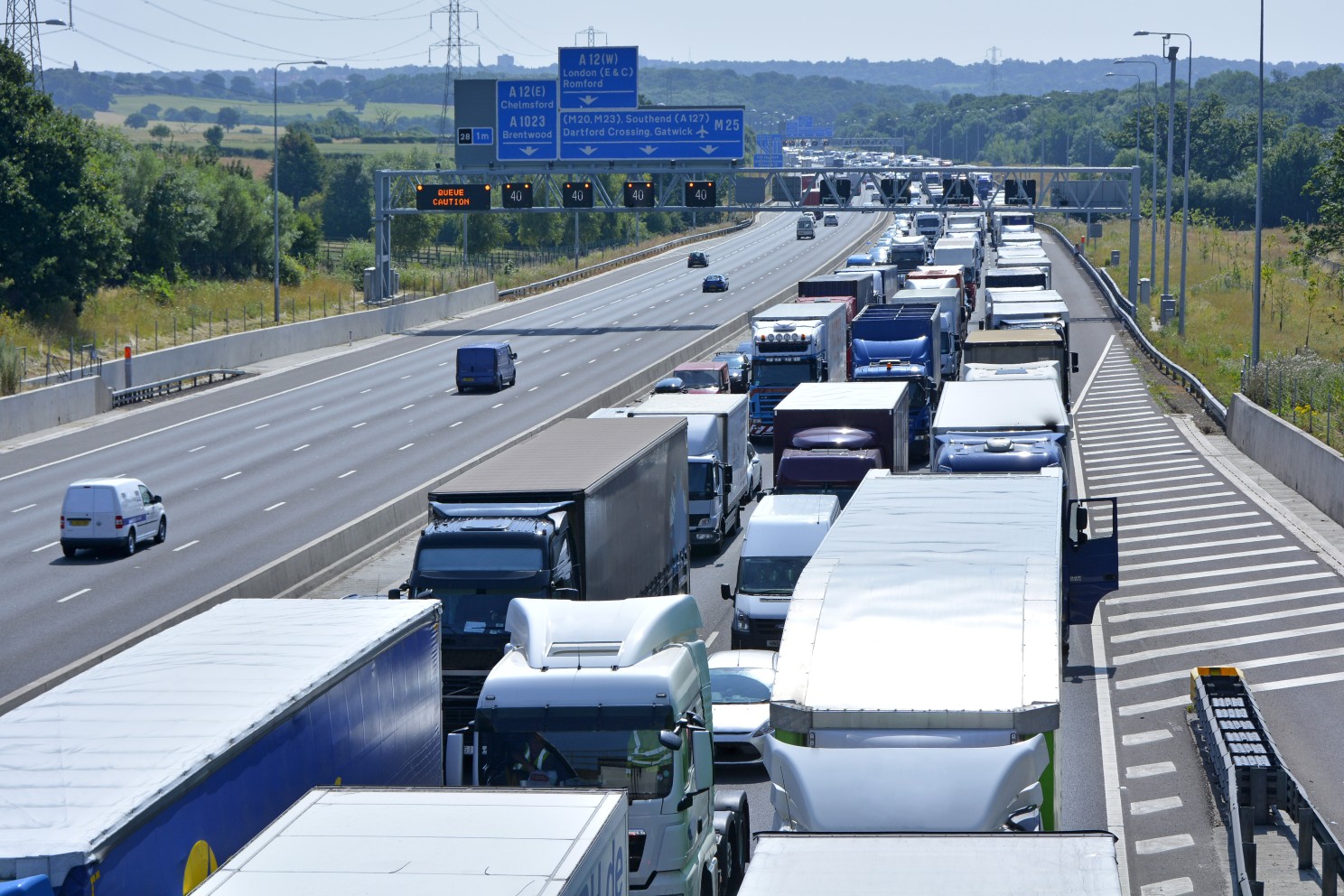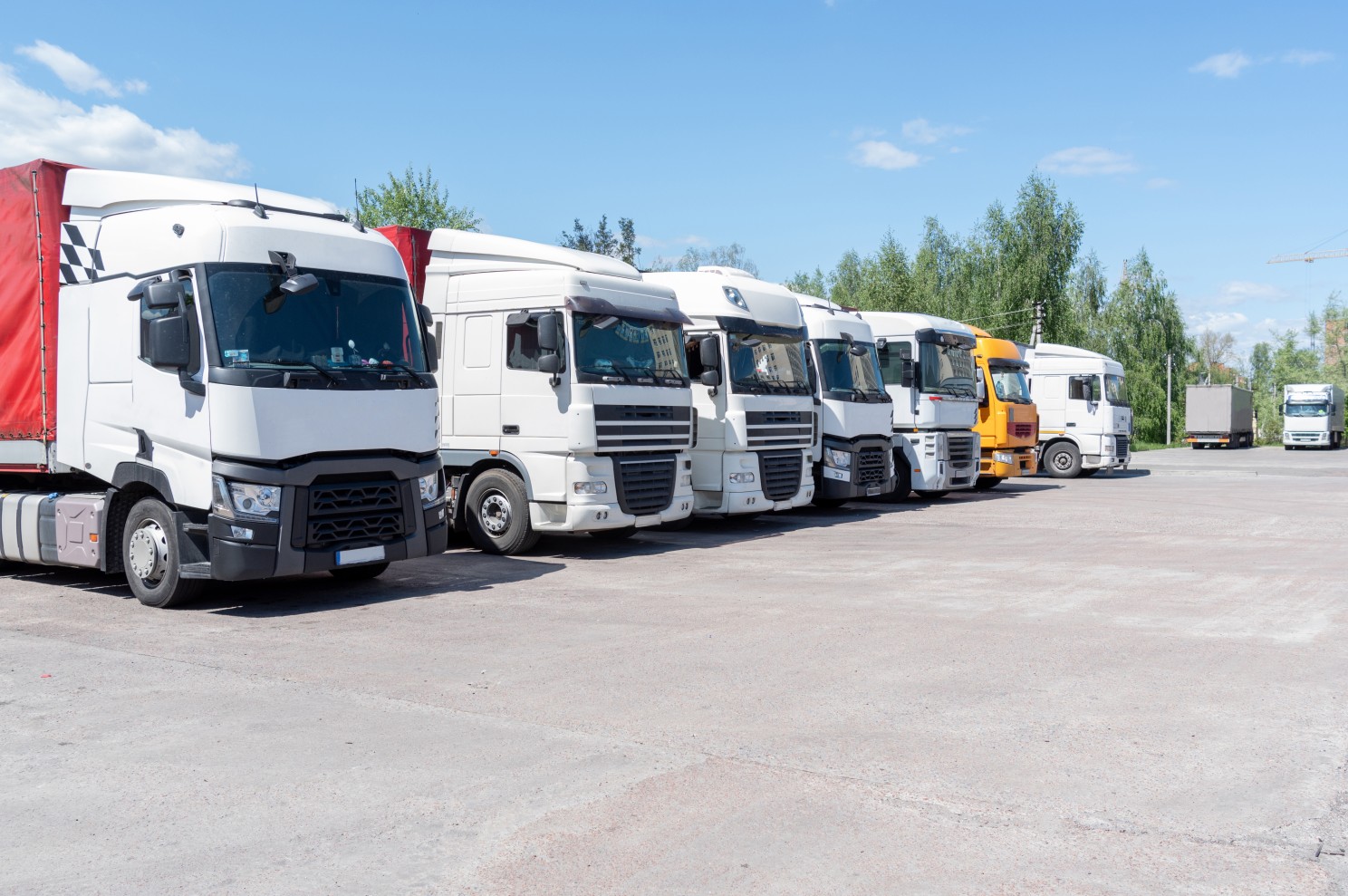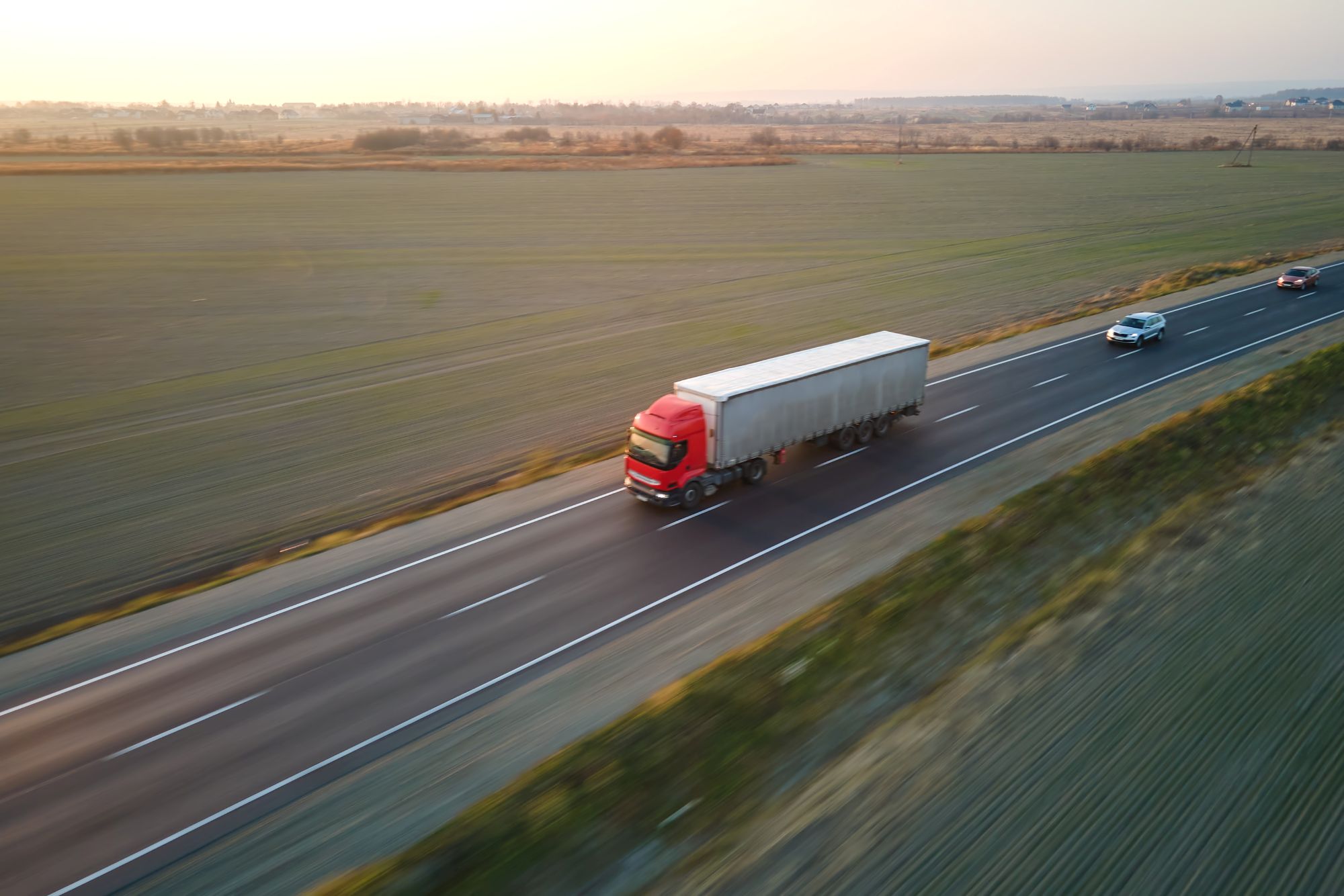
Susie Jones
Rețeaua Nord: De ce vor beneficia șoferii de camioane?
Creat: 12.08.2024
•
Actualizat: 12.08.2024
La începutul lunii octombrie, guvernul și-a anunțat planul de a renunța la HS2 și de a redirecționa fondurile pentru a îmbunătăți infrastructura de transport a țării - un proiect cunoscut sub numele de Network North. Proiectul va oferi 36 de miliarde de lire sterline pentru îmbunătățirea drumurilor principale care au devenit un motiv de dispută pentru șoferi. Anunțul i-a surprins pe mulți, dar ce înseamnă acesta pentru șoferii de camioane care traversează fără încetare aceste drumuri?
Sisteme existente de îmbunătățire a drumurilor
Guvernul va crește finanțarea pentru majoritatea schemelor existente de rețea rutieră majoră și de drumuri locale majore. Aceste proiecte vor trece de la o contribuție de 85 % la o contribuție de 100 % pentru a asigura realizarea lor. O listă a sistemelor de îmbunătățire a drumurilor este disponibilă pe gov.co.uk. Finanțarea suplimentară pentru aceste proiecte va îmbunătăți eficiența drumurilor în întreaga țară.
Scheme strategice pentru rețeaua rutieră
Schema rețelei rutiere strategice are ca scop reducerea aglomerației și asigurarea unor călătorii mai ușoare pentru cei care utilizează frecvent drumurile. Un progres binevenit pentru șoferii de camioane, pentru care staționarea în trafic în condiții de staționare a devenit o regulă.

Nordul
Intersecția 15 a M6 - Fiind una dintre cele mai aglomerate porțiuni de drum din Regatul Unit și utilizată de peste 127 000 de vehicule pe zi, aceasta a suferit mult timp din cauza aglomerației și a timpilor de călătorie imprevizibili. Curbele strânse de pe bretea s-au dovedit dificile pentru șoferii de camioane, provocând răsturnări și întârzieri mai mari în trafic. Modificările promise ar trebui să reducă congestionarea și să îmbunătățească siguranța intersecției.
Două proiecte Manchester North West Quadrant - Pe M60 circulă zilnic 180,00 navetiști și șoferi pe distanțe lungi. Proiectele Northwest Quadrant vor viza ocolirea J12-J18 și remodelarea intersecțiilor 12, 13 și 14. Alte adăugiri, cum ar fi un drum de legătură cu A57 și îmbunătățirea capacității la intersecțiile nouă, zece, șaptesprezece și optsprezece, vor îmbunătăți congestionarea și durata călătoriilor.
A1 între Morpeth și Ellingham - tronsonul de 12,8 mile a fost afectat de întârzieri în dezvoltare încă de la propunerea sa. Cu toate acestea, proiectul Network North își propune să demareze dezvoltarea prin lărgirea porțiunii de drum - îmbunătățind timpul de călătorie, siguranța și rezistența.
Midlands
A5 între Hinckley și Tamworth - Deși mai multe detalii nu au fost încă publicate, s-a sugerat că decongestionarea traficului va fi un element important în planurile lor.
Îmbunătățirea coridorului A50/A500 între Stoke și Derby - Cu viteze medii la orele de vârf sub 20 mph, acest traseu s-a dovedit lent și nesigur pentru șoferii de camioane și navetiști. Schema Network North este susceptibilă să:
Crearea a 17 760 noi locuri de muncă până în 2061
A se vedea o creștere a populației 21,538 în zonă până în 2061
Să vedem o creștere de [12,04 miliarde de lire sterline] (https://www.midlandsconnect.uk/projects/roads/a50a500-corridor/) a VAB (valoarea adăugată brută) în următorii 60 de ani.
Sud-est
- A2 Brenley Corner - Cunoscută drept cea mai aglomerată intersecție din Kent, Network North promite să investească în această zonă - o veste fantastică pentru șoferii de camioane care călătoresc spre Dover. Detalii suplimentare privind planurile de dezvoltare nu au fost încă publicate. Cu toate acestea, planurile de îmbunătățire a Brenley Corner au fost discutate încă din 2021.
Scoția
- Îmbunătățiri ale A75 între Gretna și Stranraer - A57 are nevoie urgentă de dublare deoarece, în prezent, șoferii de camioane sunt restricționați la o limită de viteză de 40 mph - ceea ce cauzează cozi și întârzieri mari. Fiind o legătură crucială de feribot între Irlanda de Nord și Marea Britanie, șoferii de camioane care folosesc această legătură vor beneficia din plin de acest proiect.

O infrastructură rutieră îmbunătățită va atenua aglomerația, economisind timp prețios șoferilor de camioane și cheltuieli cu combustibilul - contribuind la termene de livrare mai rapide. Programul Network North urmărește să îmbunătățească viața șoferilor de camioane și a altor utilizatori ai drumurilor prin creșterea siguranței și îmbunătățirea eficienței.
Câți oameni trec testul HGV de prima dată?
Conform unui raport realizat de Statista, în perioada 2007-2021, rata medie de promovare a unui test practic pentru HGV a fost de aproximativ 50%. Datele de la gov.co.uk arată că, în perioada 2022-2023, 75,9% dintre bărbații din Regatul Unit au promovat testul LGV, comparativ cu 75,9% dintre femeile care l-au promovat.
Este stresant să conduci un camion?
Ca în cazul oricărei profesii, unele aspecte sunt stresante. Orele lungi petrecute departe de cei dragi pot provoca singurătate și izolare în rândul multor șoferi. În plus, condusul de camioane este uneori o meserie foarte stresantă - cu termene de livrare strânse și navigarea prin condiții meteorologice imprevizibile.



